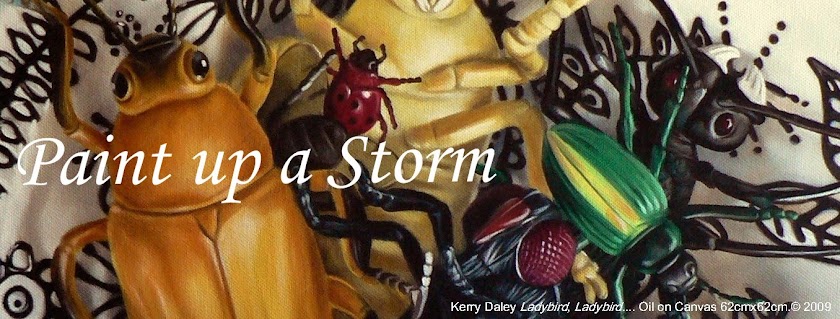I have just started a watercolour painting using the same theme as my recent oil paintings. I thought you might like to see how I go about it.
Transferring the image onto the paper
 |
| Figure 1 |
 |
| Figure 2 |
Figure 2 When I have traced as much as I can see, I turn the tracing paper over and colour over the lines with pencil. The tracing is done in pen, so it remains visible under the pencil. I have used a 2B pencil to colour with.
 |
| Figure 3 |
Figure 3 When I have covered all of the pen lines (on the back) with pencil, I turn the tracing paper back to the right side, position it on the watercolor paper and tape it down so that it does not move.
 |
| Figure 4 |
 |
| Figure 5 |
 |
| Figure 6 |
To be continued...
Top Tips for Tracing:
- Use a pen to trace your picture, and trace carefully. There is no point in tracing, if you are not going to be accurate.
- It is a good idea to write "right side" on the tracing paper. I have transferred the wrong side of an image more than once.
- Only colour over the lines, as too much pencil on the back of the tracing paper will smear on your watercolor paper.
- Tape you tracing paper down onto your watercolour paper so that it does not move.
- Use a different colour pen from the first one to transfer the image, but DON"T press too hard, you do not want to engrave the image into your paper!
- Correct and refine after tracing so that you image is not thick and clumsy.
- Remove as much of the pencil with a putty rubber as possible before you start painting. (Prestik or Blue tac will also do the job.)

No comments:
Post a Comment